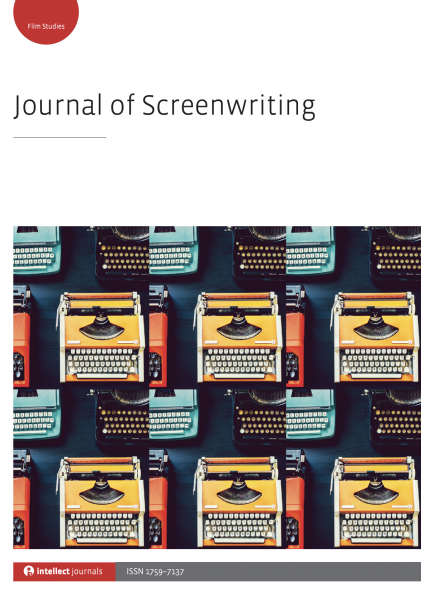Highlighting the articles in the past editions of the Journal of Screenwriting, of which I am the Book Reviews Editor. Hopefully these abstracts will entice you to did a little deeper into the history and future of screenwriting. — Rosanne
Though based upon his non-fiction article ‘The Man in the Bomb Suit’, published in Playboy in 2005, the dramatic structure of Mark Boal’s script for The Hurt Locker (2008) is eccentric, only revealing its true subject, the motivation of its central character for being a bomb technician, just before its ending. In comparison with the clarity of motivations in Paul Haggis’ script for In the Valley of Elah (2007), adapted by him from an earlier non-fiction essay by Boal that also takes place during the Iraq war, the script for The Hurt Locker deviates decidedly from the format of classical Hollywood narrative; because he lacks a clearly defined goal, the psychology and motivations of the central character remain obscure. Indeed a comparison of the final script with an earlier version readily illustrates how rigorously insights into the character’s motivations, and his self-awareness, were reduced. As a result, The Hurt Locker in its final version asks considerably more imaginative and intellectual engagement from its viewers than most commercial cinema.
The Journal of Screenwriting is an international double-blind peer-reviewed journal that is published three times a year. The journal highlights current academic and professional thinking about the screenplay and intends to promote, stimulate and bring together current research and contemporary debates around the screenplay whilst encouraging groundbreaking research in an international arena. The journal is discursive, critical, rigorous and engages with issues in a dynamic and developing field, linking academic theory to screenwriting practice.
Get your copy and subscription to the Journal of Screenwriting Today!
* A portion of each sale from Amazon.com directly supports our blogs
** Many of these books may be available from your local library. Check it out!










